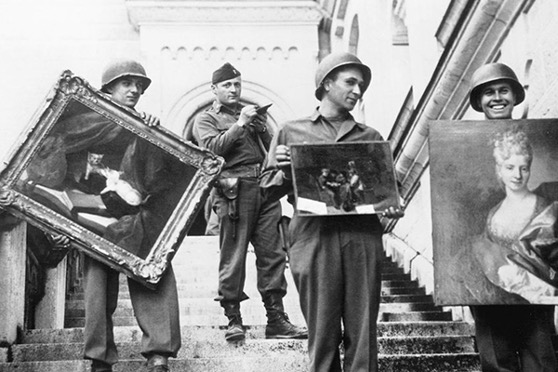As a young dealer of American art, I sometimes looked enviously at dealers in Old Masters and French Impressionist art. Not only did they have excuses for frequent trips to art fairs in Europe, but they also had a worldwide clientele. The major Impressionist and Modern sales at Sotheby’s and Christie’s were black-tie, invitation-required, champagne-fueled, evening affairs with plenty of what the daily papers called “celebs” in attendance. You might find a Hollywood movie star, a Japanese industrialist, and a member of European nobility pursuing the same work of art.
American art was, however, the Rodney Dangerfield of the art market. Our auctions were decidedly daytime affairs, with bankers from Toledo and oilmen from Texas holding up their paddles while we dealers stood at the back, sipping lukewarm coffee from Styrofoam cups. It seemed that nobody outside America wanted 19th and early 20th century American paintings. There were a few exceptions – the Japanese liked Andrew Wyeth and Grandma Moses, and Baron Hans Heinrich Thyssen-Bornemisza put together a formidable collection of American art – but such collectors were rare.
The fact that European collectors were uninterested in American art until the second half of the 20th century, however, has turned out to be a blessing for me in one respect: dealers in American art never have to worry about lawsuits from the heirs of European Jewish collectors.
At the recent national conference of the Appraisers Association of America, Marc Porter, Christie’s chairman for the Americas, gave a talk called “Expanding Dimensions of Provenance.” The Nazis, as is well known, plundered Jewish collections in Germany and the European countries they occupied, often with the assistance of art dealers who turned a blind eye to where the paintings came from. After World War II ended, the immediate concern for legal authorities was the return of artworks that had been taken from museums, but the past 50 years have seen increasing efforts by the heirs of murdered or displaced private collectors to recover works once owned by their ancestors.

American soldiers with art looted by the Nazis, Neuschwanstein Castle, May, 1945.
Photo: National Archives
Porter noted that courts have begun to concern themselves not only with works of art that were looted outright but also with forms of more “insidious dispossession.” Such dispossession can include forced sales and sales made under duress, usually for pennies on the dollar (or pfennigs on the Reichsmark). A more recent matter arising in lawsuits is the sale of “flight assets,” that is, sales of art taken when fleeing Europe and later sold for survival in another country. A work that was sold in California in the 1940’s by a Jewish refugee can become the basis of a lawsuit filed by the seller’s heirs today.
It’s a complicated legal matter – what constitutes a sale under duress? It is, fortunately, a matter I will never have to deal with, since no European collector of a century ago, Jewish or gentile, would have condescended to purchase a work by some yokel from the sticks, which is how cultured Europeans regarded American painters back then. That cup has passed from me, unlike the coffee in its Styrofoam.
One other note from the AAA’s national conference. I have written before on the booming market for “antique” video games (see here). The boom is still on. Regarding old Mario Brothers and such games, Roberta Kramer from Heritage Auctions told us, “If they still have the cellophane on them, call us!” It’s funny to think that the package, which must never be opened, is the most valuable part of the item. Beauty is only skin-deep, as the saying goes, but sometimes skin-deep is enough.

